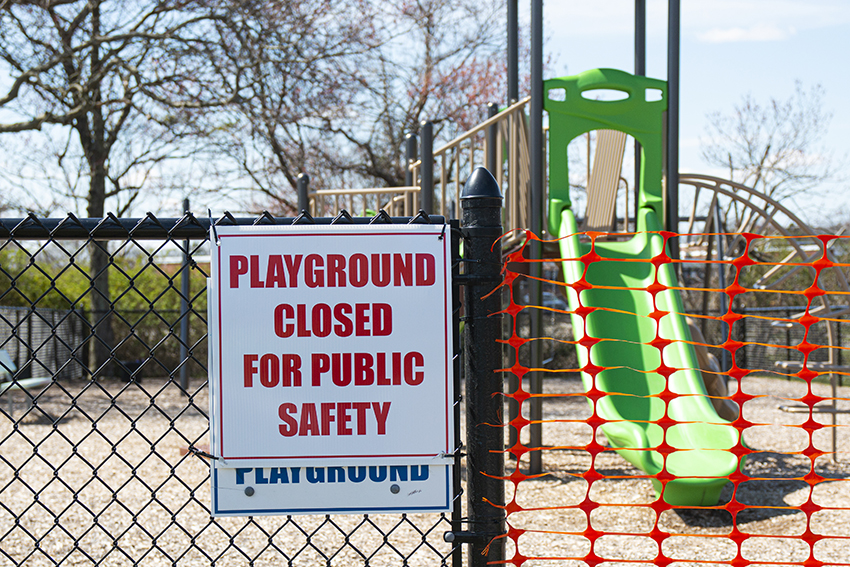
Photo Credit: WoodysPhotos/Getty Images
The impact of the COVID-19 pandemic in the United States has been unlike anything most of us have seen in our lifetimes. Conditions such as stay-at-home orders, wearing masks in public and the highest unemployment rate since the Great Depression affect all of us in different ways.
While the country’s focus has been on preventing, detecting and managing COVID-19, the societal impact of the pandemic is far more widespread and will last for years, if not decades. Responses to control the pandemic have already had far-reaching effects on the national economy, city tax revenues, unemployment, education, the environment, health behaviors and public health and safety, among other areas. And, Black and Indigenous people and people of color are disproportionately bearing the brunt of these secondary impacts, just as they have disproportionately experienced the health impact of the virus.
To understand the full societal impact of COVID-19, especially among the populations that have been hit the hardest, we created a model that maps sectors affected by the pandemic. We will use this model to guide our own internal thinking as we adjust and adapt our ongoing programmatic efforts. We hope it will also help other organizations, communities and governmental agencies. Our intent is to provide an initial model that can be tailored and adapted as needed based on local conditions, populations and other factors.
Secondary impacts of the COVID-19 pandemic in the United States

We identified 11 sectors and accompanying examples of secondary impacts of COVID-19, alongside four exacerbating factors that can affect the nature and magnitude of any impact. For example, we recognize that structural inequities are a core underlying cause of the disproportionate impact on low-income and high-risk communities.
We do not assume that any individual sector is more important than another — rather that sectors will be impacted differently in different communities and that impacts in one sector will have cascading effects on others. For example, despite increased demand for health care professionals in response to COVID-19, cancellations and postponements of medical visits and procedures threaten existing revenues of hospitals and health care systems (business sector), create job loss in the health care sector (employment sector) and reduce access to preventive care (public health sector).
In another example, FHI 360 has partnered with Durham Public Schools in North Carolina to develop and implement a districtwide technology plan that incorporates distance learning in response to the pandemic. In addition to the need for distance learning (education sector), we know that the pandemic has affected families in other ways, such as employment, mental health, public health and transportation. As a result, we will be helping Durham Public Schools to incorporate social-emotional learning strategies into their distance-learning technology plan.
At FHI 360, we are committed to addressing the broad societal impacts we are seeing across the United States, especially among the populations who are disproportionately affected by this pandemic. We focus on improving the public health, education and workforce development of low-income communities and Black and Indigenous people and people of color through integrated approaches to the design, delivery and evaluation of programs with the potential to make a meaningful difference in their lives.
Please read our fact sheet.
